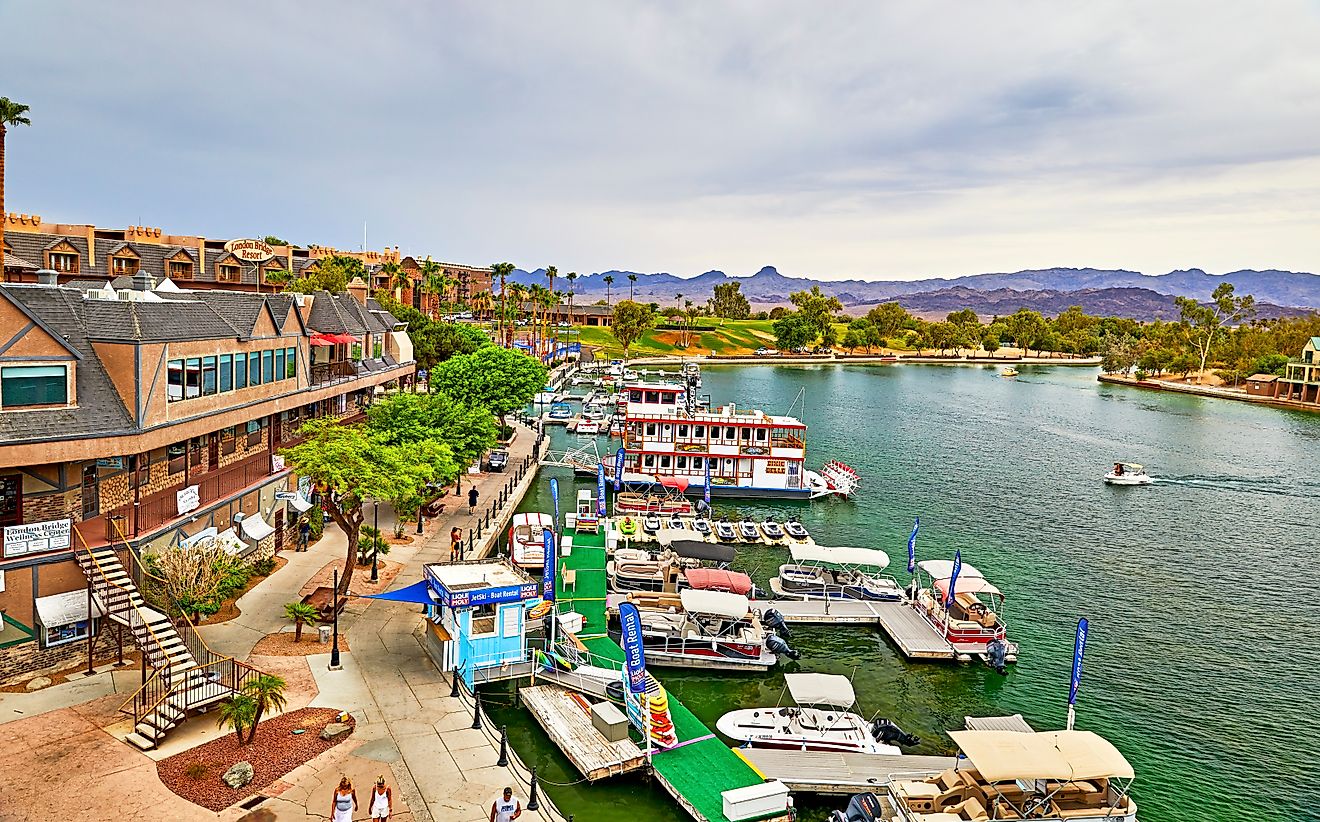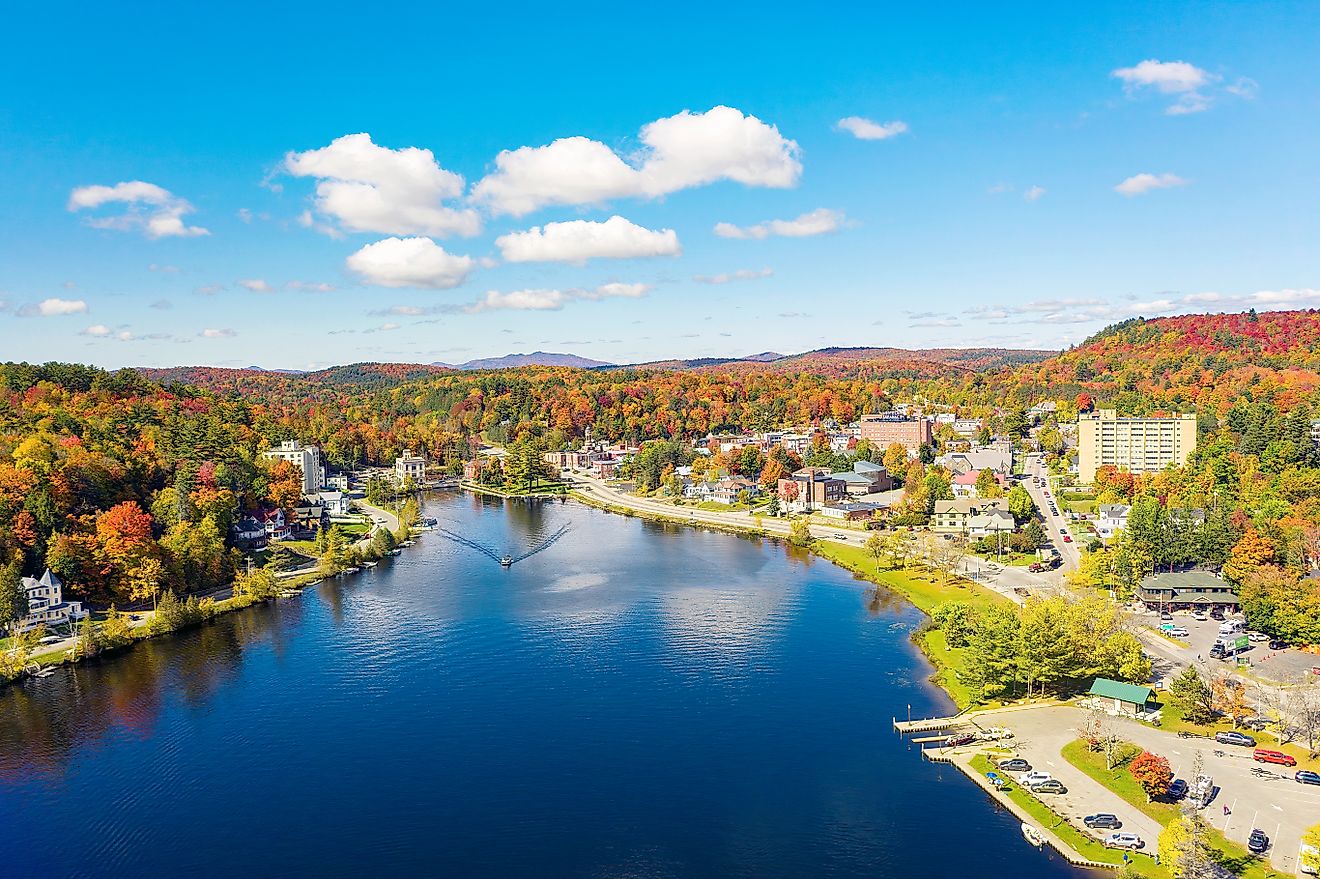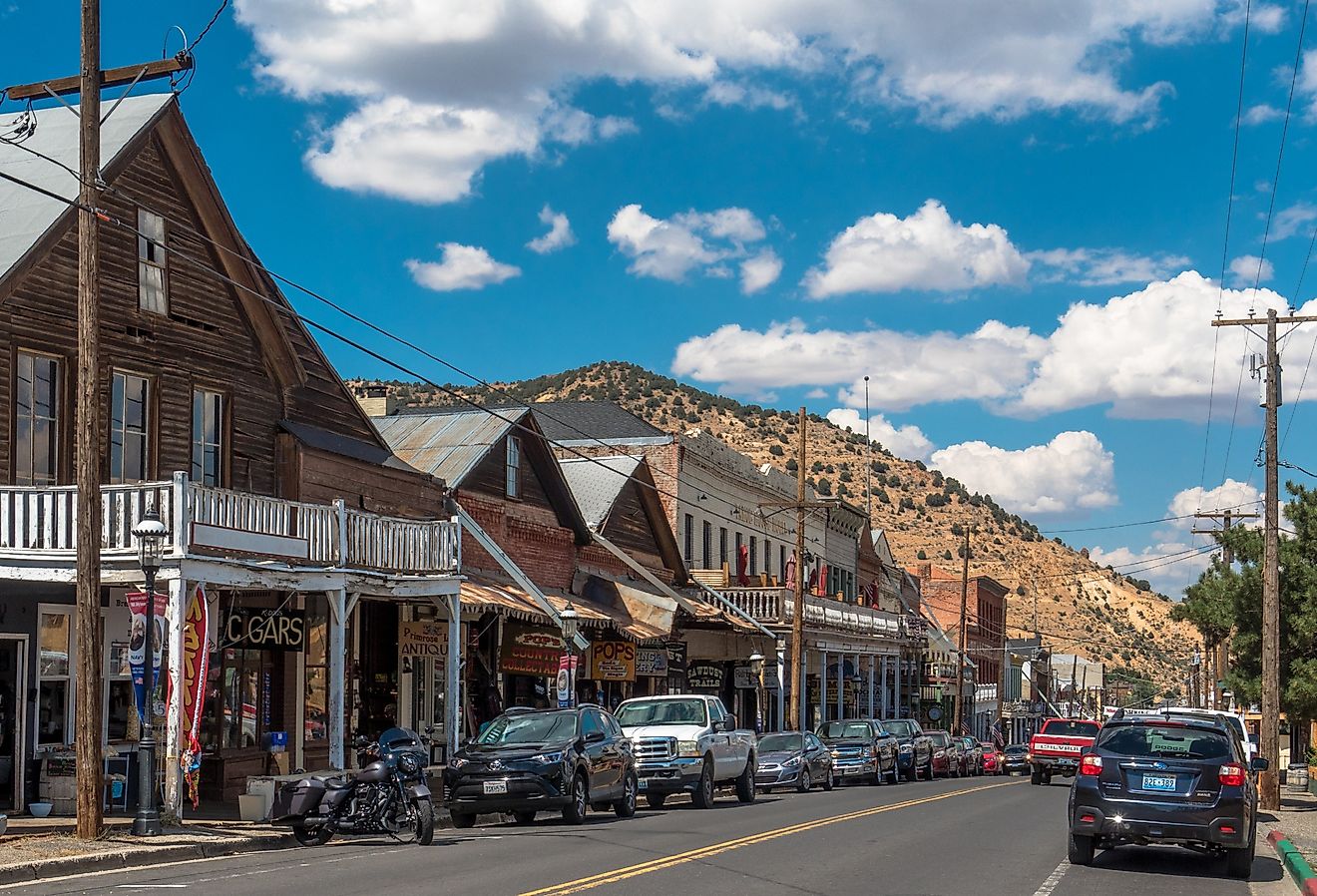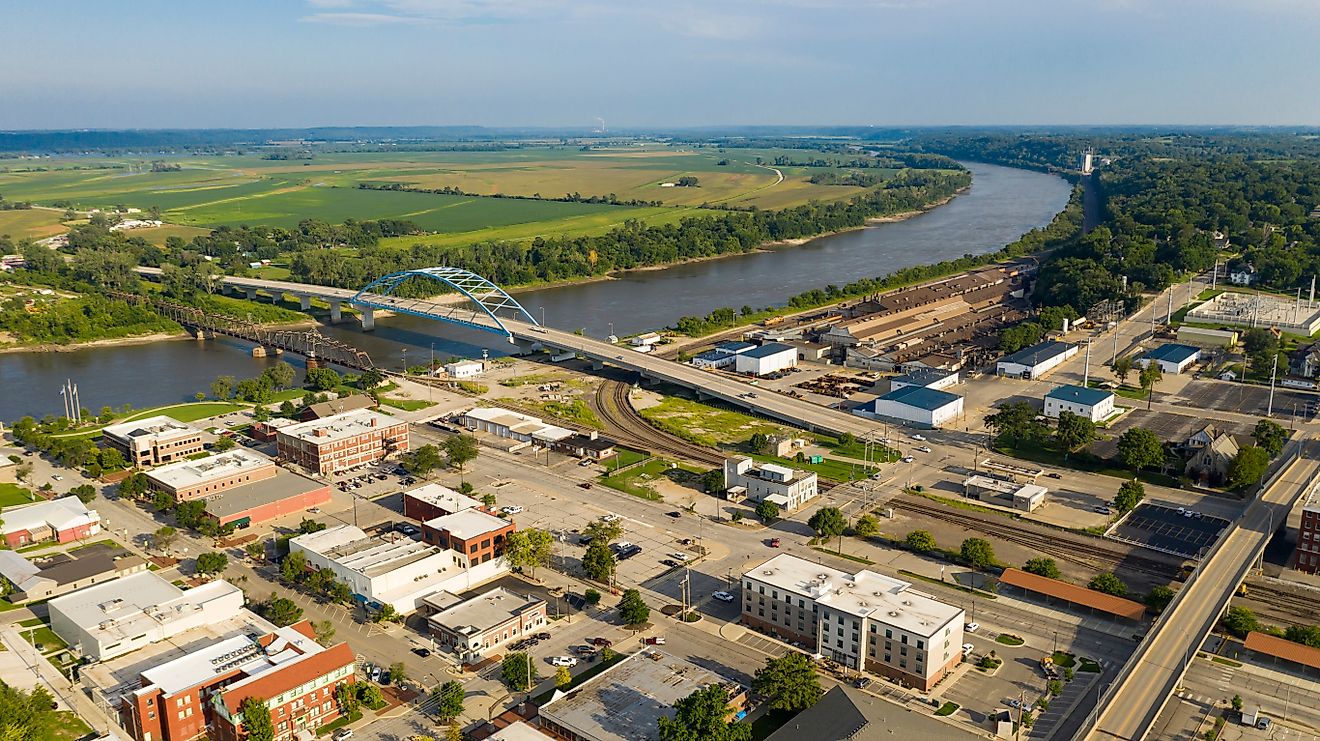
Rocky Mountain National Park
Covering an area of 1,074.28 sq. km, the Rocky Mountain National Park is situated in the north-central part of Colorado, United States, about 122km to the northwest of the Denver International Airport. The Rocky Mountain National Park is located in the Front Range of the Southern Rocky Mountains and is bounded by the statutory towns of Grand Lake to the west and Estes Park to the east. The headwaters of the Colorado River are located in the northwestern part of the park, while the eastern and western slopes of the Continental Divide run through the heart of the National Park. The Rocky Mountain National Park is currently managed by the National Park Service and is one of the most visited parks in the United States. According to records, 4.6 million visitors visited the National Park in 2019.
Geography

The Rocky Mountain National Park is characterized by a mountainous landscape and hosts a diversity of ecosystems ranging from wooded forests to alpine tundra. The Rocky Mountain National Park is surrounded by several National Forest lands on all sides. These include the Routt National Forest in the north and west; the Arapaho National Forest in the west and south; the Roosevelt National Forest in the north and east and the Indian Peaks Wilderness Area in the south. The Rocky Mountain National Park contains about 150 lakes, 724 km of rivers and streams, and 563 km of hiking trails. The 77km long Trail Ridge Road that cuts through the National Park, is the highest continuously paved highway in the United States, located at an elevation of 3,279m.
The Rocky Mountain National Park is one of the country’s highest national parks with elevations ranging from 2,396m to 4,346m. There are more than 60 mountain peaks that exceed 3,658m and provide scenic vistas. Many small glaciers and permanent snowfields are also found in the high mountain cirques. Located within the National Park is Longs Peak, which rises to an elevation of 4,346m and is the highest point in the Rocky Mountain National Park.

There are five geographical regions within the Rocky Mountain National Park. These are the Moose and Big meadows; Alpine region; Wilderness; Heart of the Park; and Waterfalls and backcountry. The Moose and Big meadows region is located on the western side of the Continental Divide. About 48.2km of the Continental Divide National Scenic Trail passes through this region of the National Park. The alpine region of the Rocky Mountain National Park can be accessed by the Tundra Trails at high elevations and are known for their spectacular vistas. The Wilderness region is situated in the northern part of the park. The Mummy Range of the Rocky Mountains is located here and contains many high peaks including the Ypsilon Mountain, Hagues Peak, Fairchild Mountain, etc. The fourth region is the heart of the park that can be easily accessed by road and trails. Located in this region, at the base of the Flattop Mountain and the Hallett Peak is the Bear Lake, an alpine lake situated at an elevation of 2,880m. The waterfalls and the backcountry region is located in the south of Estes Park and contains Longs Peak, the park’s highest peak, and the Wild Basin area.
Climate

According to the Köppen climate classification system, the Rocky Mountain National Park experiences a subarctic climate. The Park faces cool summers and receives precipitation throughout the year. The higher elevations of the park receive comparatively more precipitation than the lower elevation areas. The Continental Divide which runs through the center of the park creates two distinct climate patterns on the eastern and the western sides of the park.
Flora and Fauna

The Rocky Mountain National Park supports four different ecosystems. These include the alpine tundra, subalpine, riparian, and montane ecosystems. More than 700 species of plants have been observed in the National Park. Some of the important trees that are found in the area include lodgepole pine, ponderosa pine, Douglas fir, grey alder, willows, Engelmann spruce, etc. The notable mammal species that are found here include the Rocky Mountain elk, bighorn sheep, Canada lynx, moose, black bears, cougars, coyotes, snowshoe hares, bobcats, mule deer, yellow-bellied marmots, etc. Many species of birds like Steller’s Jay, Clark’s nutcracker, yellow-rumped warbler, mountain chickadee, etc.
Brief History

The area near the Rocky Mountain National Park was visited more than 11,000 years ago by the native Paleo-Indians, who used to visit the area using the present Trail Ridge Road for hunting and for foraging for food. The Arapaho and the Ute people also camped and hunted in the area. In 1820, the explorer Stephen H. Long led the Long Expedition and reached the Rockies via the Platte River. In the mid-1800s, settlers began to arrive in the area. The Native Americans were eventually replaced and they voluntarily left the area by the 1860s. Over many years, the combined efforts of several groups of people led to the area being declared as a National Park. On January 26, 1915, the Rocky Mountain National Park was established by the then US President Woodrow Wilson. In 1976, the Rocky Mountain National Park became one of the first UNESCO-designated World Biosphere Reserves.











